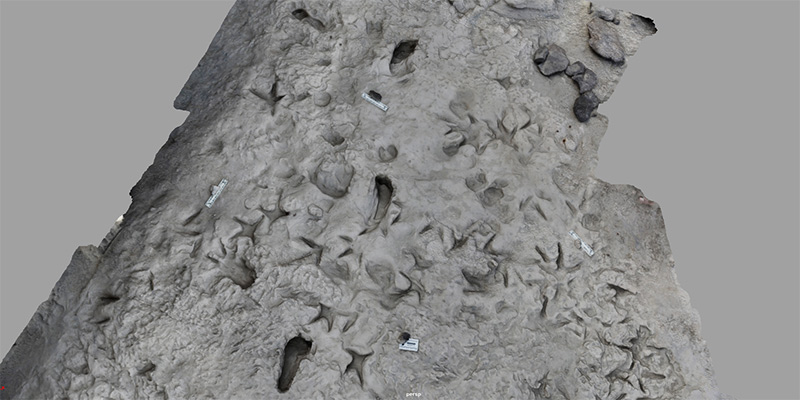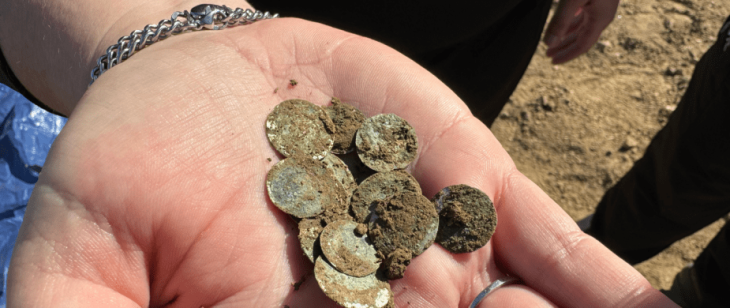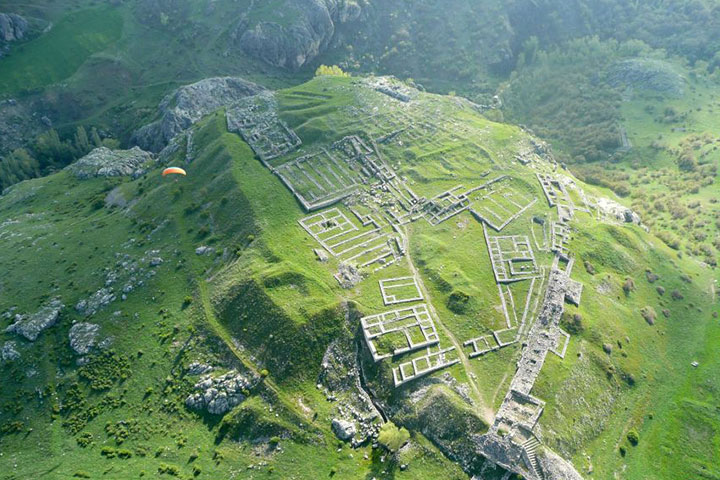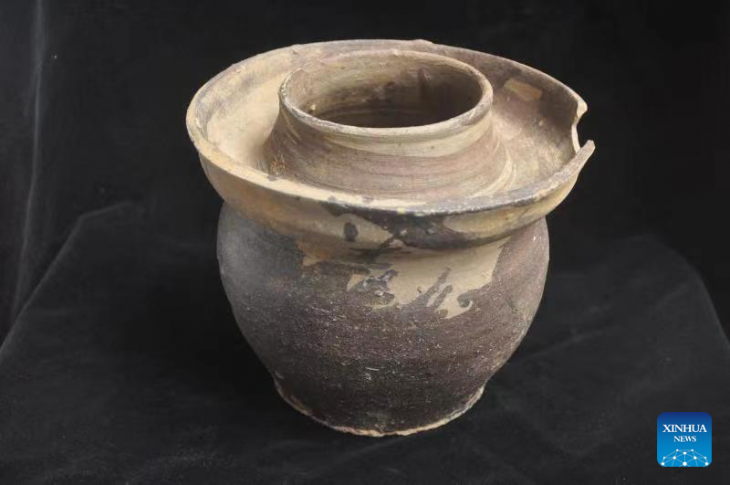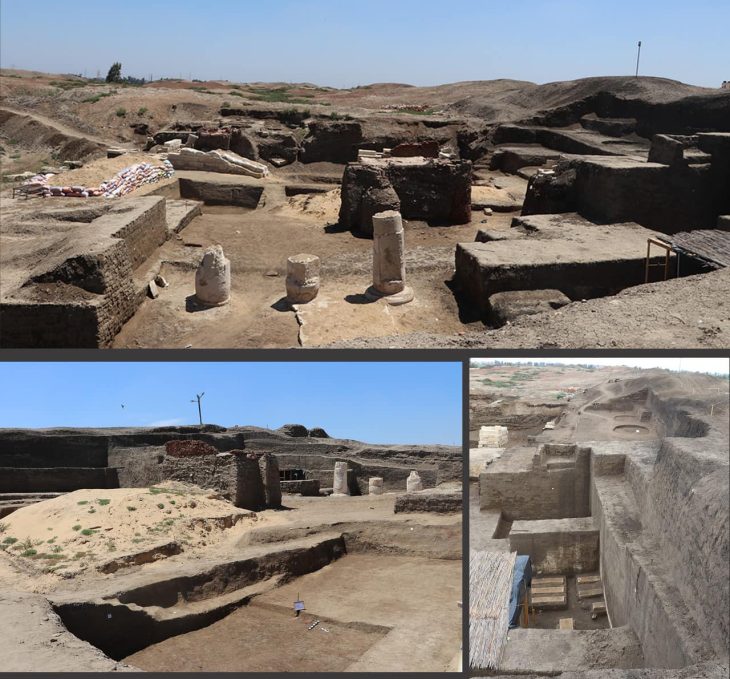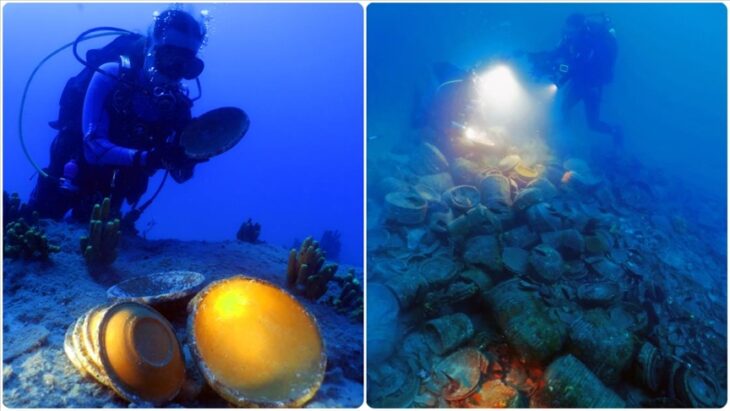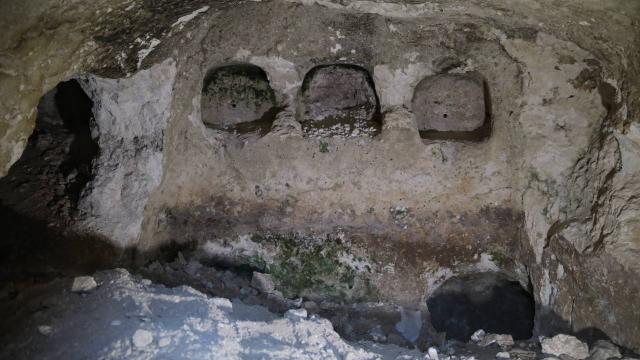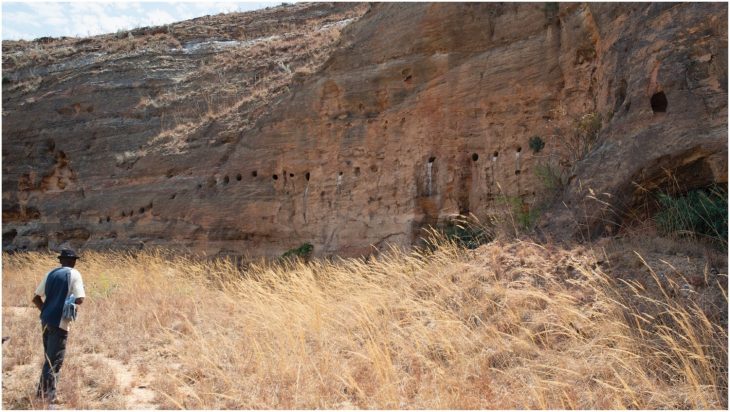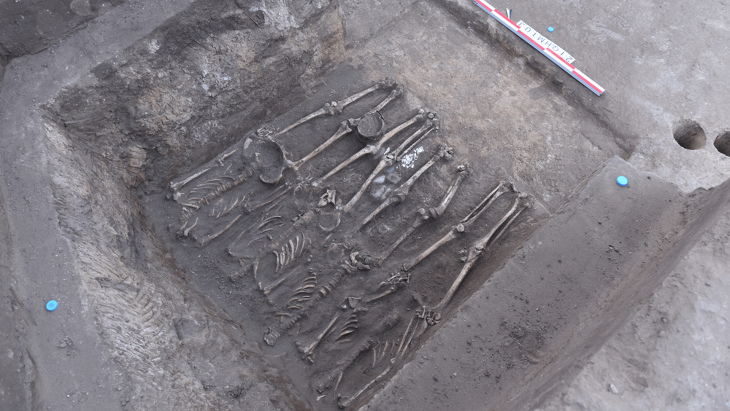Thanks to a set of preserved footprints on the ancient shores of Lake Turkana in Kenya, researchers have uncovered the coexistence of two ancient human species more than a million years ago.
Estimated to be 1.5 million years old, fossilized footprints offer the first verifiable proof that Homo erectus and Paranthropus boisei, two different hominin species, coexisted in the same habitat. In addition to confirming that these species coexisted, scientists say this discovery provides a unique window into how they interacted and competed in their environment.
The more recent term “hominin” refers to a subgroup of the broader group known as hominids. All living and extinct species regarded as belonging to the human lineage that developed following the split from the great apes’ ancestors are referred to as hominins. This is thought to have happened between six and seven million years ago.
In July 2021, researchers uncovered a hominin footprint alongside tracks made by other animals, such as large birds. A more detailed excavation in 2022 revealed a 12-print trackway and three isolated footprints, along with 94 nonhuman tracks from ancient birds and hoofed animals in Koobi Fora.
Craig Feibel, an author of the study and a professor in the Department of Earth and Planetary Sciences and Department of Anthropology in the Rutgers School of Arts and Sciences., used his expertise in stratigraphy and dating to establish that these footprints were formed 1.5 million years ago.
📣 Our WhatsApp channel is now LIVE! Stay up-to-date with the latest news and updates, just click here to follow us on WhatsApp and never miss a thing!!
The footprints belong to two species from the Pleistocene: Homo erectus and Paranthropus boisei. Although they were both bipedal and walked upright, they differed greatly in anatomy, indicating different behavioral and movement patterns.
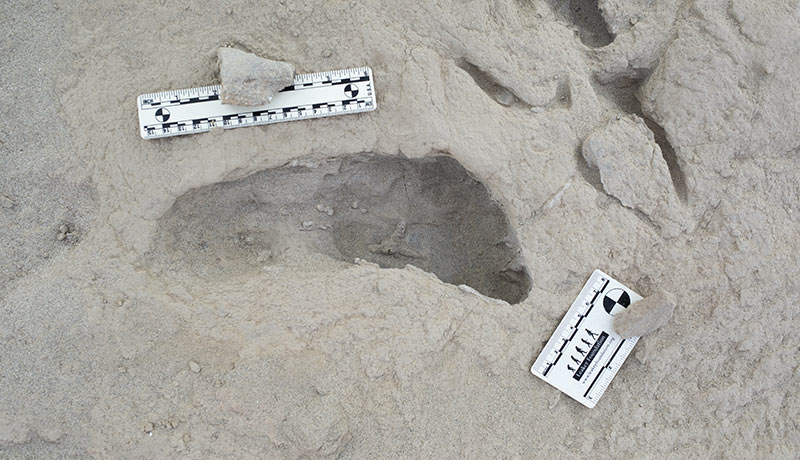
He also determined that both sets of footprints were made within a few hours of each other, in soft sediments near the lake. While it is not possible to confirm if the two hominin groups interacted directly, it is clear that they shared the same habitat in a brief time interval.
Kevin Hatala, a biology professor at Chatham University, explained that the footprints were preserved in a “perfect zone of mud” near the lake’s edge, ensuring their survival under layers of fine sediment. “It’s hard to say exactly what they were doing,” he noted, “but they walked in the perfect area for their footprints to be made, which is very lucky for us.”
The species that left the footprints was determined by the researchers using comparative analysis and sophisticated 3D imaging. It was determined that Paranthropus boisei was responsible for the trackway of 12 prints, which featured a slightly spread big toe and a deeper forefoot strike. The three isolated footprints, on the other hand, were associated with Homo erectus because they showed a heel-to-toe motion resembling that of modern humans.
The footprints suggest that these species, with their differing diets and anatomical features, utilized the same habitat, possibly even crossing paths. Hatala emphasized that Paranthropus boisei, known for its robust jaws and plant-based diet, differed greatly from Homo erectus, which had a more human-like body and omnivorous diet.
The footprints are significant, Feibel said, because they fall into the category of “trace fossils” – which can include footprints, nests and burrows. Trace fossils are not part of an organism but offer evidence of behavior. Body fossils, such as bones and teeth, are evidence of past life, but are easily moved by water or a predator. Trace fossils cannot be moved, Feibel said.

A new understanding of early human evolution is provided by this discovery, which is the first tangible proof of direct coexistence between two hominin species. By suggesting intricate relationships that influenced their survival and adaptation, the findings cast doubt on the notion that hominin species avoided one another.
In addition to offering concrete proof of the coexistence of two hominin species, this discovery poses fascinating queries regarding their interactions in terms of culture and reproduction. Paranthropus boisei went extinct within a few hundred thousand years, while Homo erectus survived for another million years. The reasons behind this divergence in evolutionary fates are still unknown to scientists.
The findings of the study are published in the journal Science. DOI: 10.1126/science.ado5275
Cover Image Credit: A 3D computerized model of the surface of the area near Lake Turkana in Kenya shows fossil footprints of Paranthropus boisei (vertical footprints) with separate footprints of Homo erectus forming a perpendicular path. Image Credit: Kevin Hatala/Chatham University

